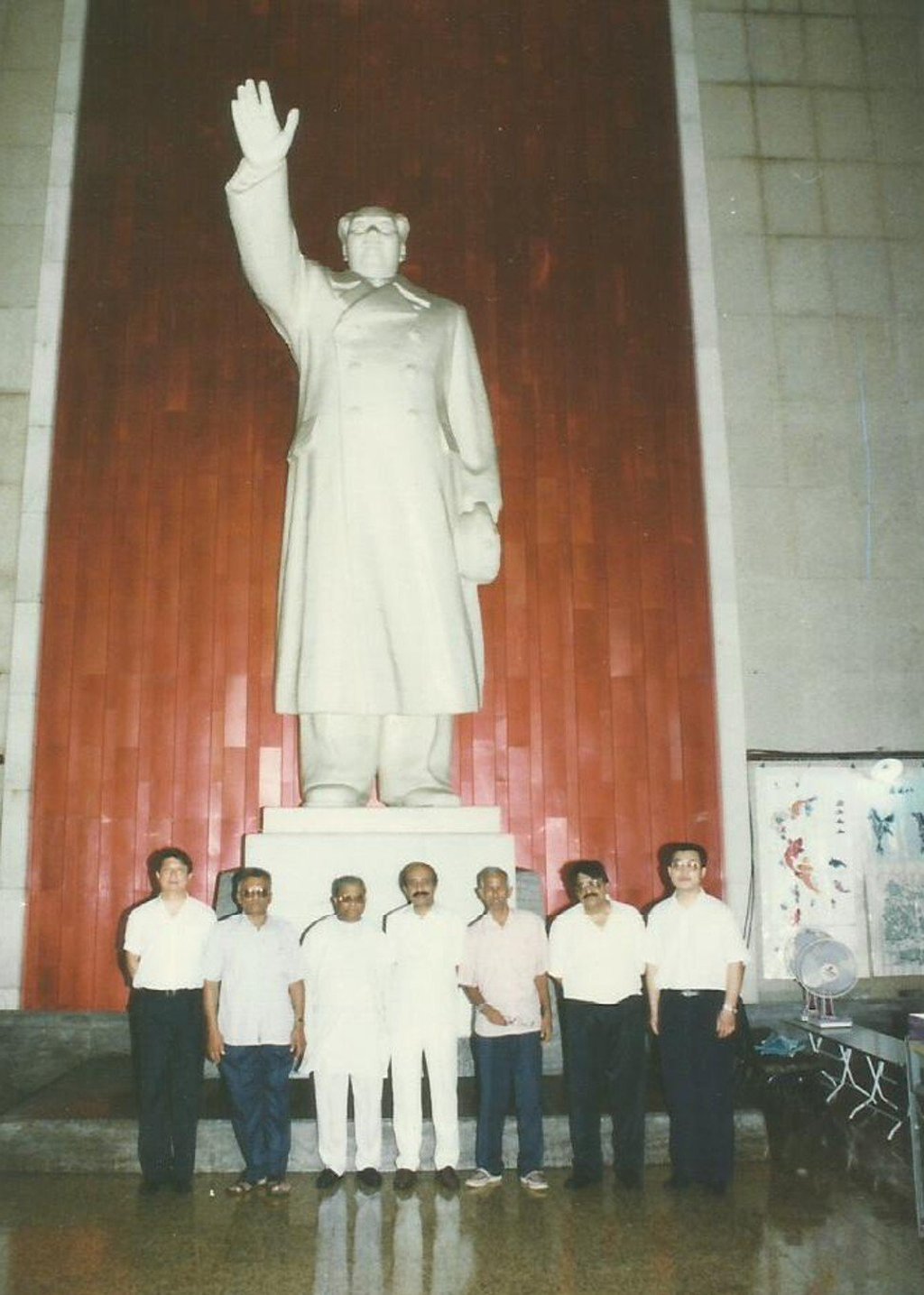Advertisement
‘The world’s against China’: India’s ICFA comrades keep the faith
- Ageing veterans of the India-China Friendship Association struggle to fathom the logic of those who burn flags, ban apps and demand boycotts
- They say the same anti-communist forces are at work today as when they started promoting people-to-people ties more than 50 years ago
Reading Time:6 minutes
Why you can trust SCMP

Amid the burning of Chinese flags, the banning of Chinese apps, and demands for a boycott of Chinese goods in response to a brutal border clash that left 20 Indian soldiers dead, at least one untiring flag-bearer of India-China friendship remains.
While the tensions that have built up since the deadly fight 4,400 metres up in the Himalayas in June are some of the worst since the two countries went to war in 1962, veterans of the India-China Friendship Association (ICFA) see no reason to sever ties.
The nature of the soldiers’ deaths, in a clash that involved hand-to-hand combat between men fighting with fists, rocks and nail-studded batons, has inflamed public opinion in much of India, but the veteran activists Valiyara Bhaskaran and K. Gopi Achari cannot fathom the logic of those trying to reframe China as the enemy of the Indian people.
Advertisement

“I will not make enemies of them,” declares Bhaskaran, 79, the general secretary of the Karnataka chapter of the ICFA.
Advertisement
“Boycotting is a foolery in a globalised world,” adds Achari, 76, president of the association’s National Committee. “We should not fall prey to China phobia.”
The pair, both from Kerala, have been promoting people-to-people contacts with China for more than 50 years. They are living reminders of the heyday when India’s ruling Congress party dovetailed with China’s communists before the advent of liberalisation and globalisation.
Advertisement
Select Voice
Choose your listening speed
Get through articles 2x faster
1.25x
250 WPM
Slow
Average
Fast
1.25x